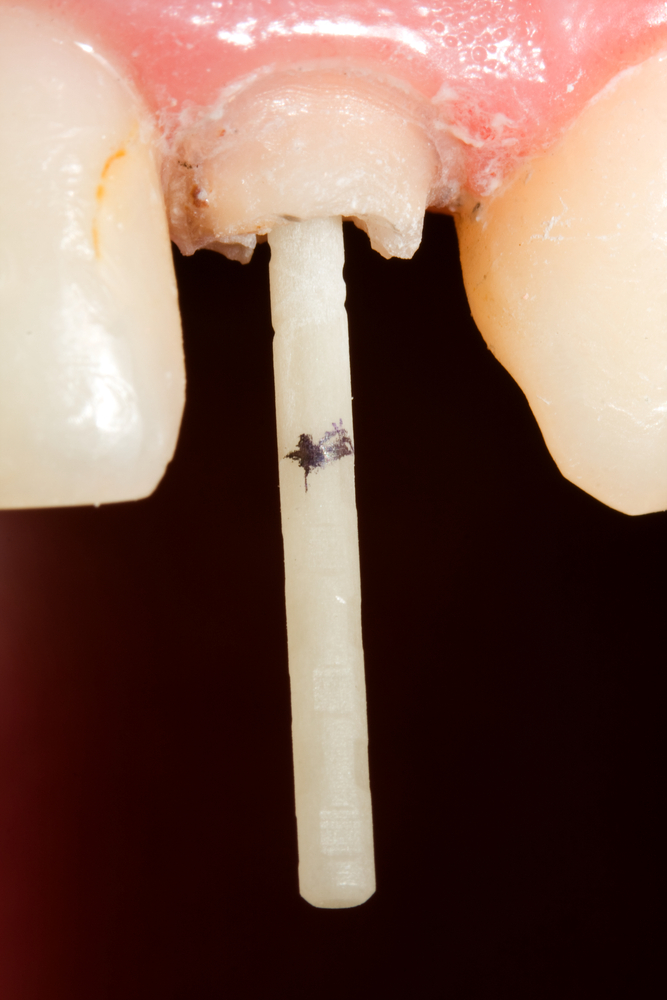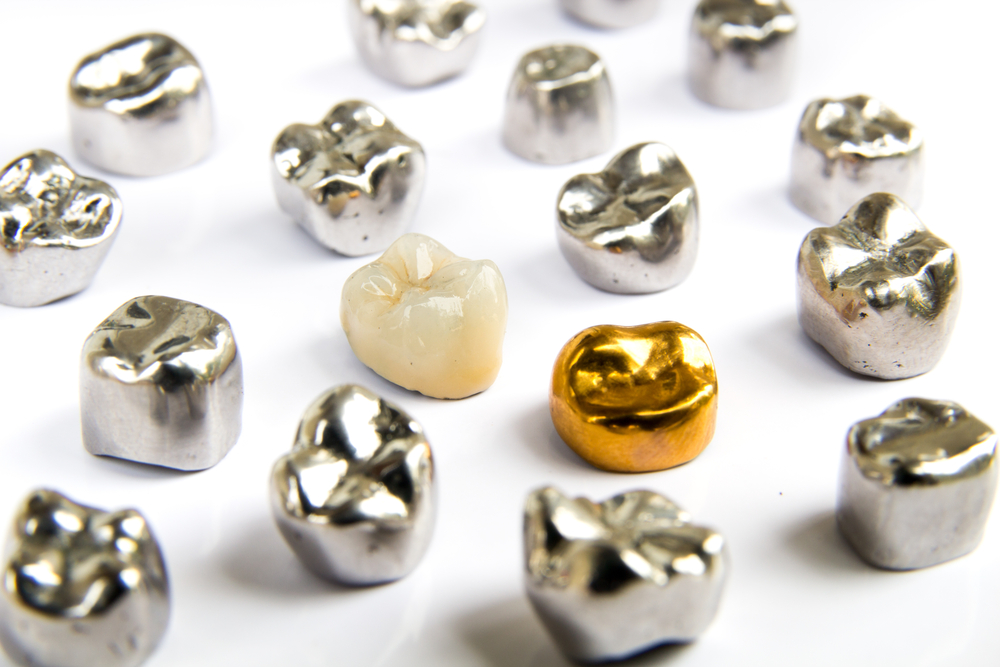There is common discussion about various posts quite frequently on the forums.
Before I continue, I must thank Pasquale for a lot of inspiration for this post comes from his restorative lecture, which is probably one of the best available in the world at the moment (even if you fight with him online and don’t generally like him).
A commonly held comment is that fibre posts avoid root fracture because their youngs modulus of elasticity (MOE), is usually around 20-40 gigapascals (GPa), which is similar to dentine. For comparison, titanium alloys have an MOE that ranges from 95-105 roughly.
The problem with this is that it ignores the role of other factors, which have a very significant affect on the bending of the post which exceed that of MOE.

I have included the equation that describes stiffness of a beam where k is the force required.
What you will notice in the above equation is that all the factors are linear, except area. Area of a circle is:

So you will notice that an increase in length decreases stiffness linearly. And increase in the MOE increases stiffness linearly. But an increase in radius increases stiffness to the square.
So if a fibre post of 1mm has the same MOE as a root of 6mm, it’s stiffness will be; 1/6 squared = 1/36. So it will be 36 times less stiff than the root. A 2mm post in the same root would have 1/9 the stiffness of the root.
Something bending this much will fatigue and then snap, which is what we see in clinical practice. Fibre posts work well when there is plenty of dentinal ferrule. When there is not much, they tend to snap and in my anecdotal experience, take all coronal dentine with them leaving a catastrophically unrestorable tooth (I have slightly oversimplified this equation since the equation for hollow tubes gets quite complex. What is important is the tubes or beams lose very little strength from becoming hollowed out).
Now at roughly 1o0 GPa’s, titanium posts would have a youngs 3-5 times higher than a fibre post.
What you will discover is this is just about right to compensate for the narrow diameter of posts.
Of course, since metal posts, or cast posts tend not to fracture very often, they do more often fail via root fracture. This is no more catastrophic than complete loss of coronal tooth structure and usually occurs much later in my humble experience. I see cast posts that are 30 years old in teeth with no ferrule effect. I have yet to see this with a fibre post.
Avoiding root fracture by having much earlier complete loss of the crown is not really a feature we should be excited about.
In general of course, since dentine is so stiff in large radius, the less dentine we remove from the root canal, the less ability we will have for iatrogenic crack propogation, perforation and the stronger the walls will be to resist fracture.
In summary. Use stiff posts. Don’t remove dentine.



